Redmi Note 2 vs Galaxy A7 vs Meizu M2 Note specs comparison: which one would you pick?
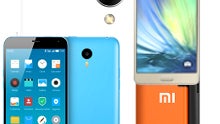
Xiaomi filled the airwaves today with the arrival of its newest value-for-money blockbuster - the Redmi Note 2 - which carries the stunning price of 799 Chinese Yuan for the basic 16 GB version, translating to about $125 without any contract shenanigans.
Well, Xiaomi made its glory on such well-appointed phones that it usually begins to sell near cost, but keeps them longer on the shelf than usual, and turns a profit when component prices start going down with time. The big fly in the ointment this year, however, is that some Chines manufacturers have begun to mimic Xiaomi's strategy, resulting in the $160 Meizu M2 Note that has specs almost similar to the Redmi Note 2, and which we found in our review to be an excellent phone for this price, with one of the longest-lasting batteries in its class, and very good photographic chops.
Throw in a juggernaut like Samsung with its Galaxy A7 that also has very similar specs to those two, but offers a premium design for a higher price, and the fight of the budget 5.5-inchers is getting really bloody. If you are looking for an affordable phone with a large screen, these are the three 5.5" phones that should be at the top of your list, so let's compare their specs and palm-friendliness.
Design and size
Out of those three, the Galaxy A7 has the most premium and pleasant to hold or look at design, what with its aluminum unibody and ultraslim 6.3mm frame. In fact, it earned the top place in our thinnest metal phones roundup, and is a really gorgeous piece of craftsmanship, compared to the plasticky bodies of the Meizu and Xiaomi phones. It is also more compact, and, at just 4.97 oz (141 g), the lightest of the trio. The Redmi Note 2 is the largest and heaviest of them all, with its 152mm tall and 76mm wide frame, and is only slightly thinner than the Meizu.
The Note 2 is built on a magnesium alloy frame, with colorful polycarbonate on top, similar to the M2 Note, and throws in some thoughtful design delights, like a tiny nub underneath the loudspeaker on the back, which prevents it from getting muffled when the phone is lying down on a desk. The Xiaomi handset also offers an infrared sensor for controlling your TV or other home electronics from afar.
Displays
With 5.5" 1080x1920 pixels displays, the phones' resolution and pixel density are exactly the same 401 pixels per inch, and it is amazing that you can now have such pixel-dense screens at those prices. Granted, the A7 opts for a vibrant Super AMOLED panel with deep blacks, while the Redmi Note 2 and Meizu M2 Note are betting on the equally excellent IPS-LCD technology, but the overall result is three great screens you can hardly find anything to complain about. We will have more to say about their color presentation and peak brightness levels when we take the Redmi Note 2 for a spin, but is history is any indication, the screens would be more than adequate for your daily needs.
Processor and memory
Here the cake is taken by Xiaomi with the Note 2's Helio X10 chipset by MediaTek. All three phones are powered by eight lowly Cortex-A53 cores, but the difference between the maximum clock speeds is significantly in favor of the 2 GHz cores in the Xiaomi handset (2.2 GHz for the Note 2 Prime with 32 GB storage). The trio comes with 2 GB of DDR3 RAM, but Redmi Note 2 Prime is currently the only one coming with 32 GB of storage at an affordable price out of the gate, apart from the basic 16 GB version.
Cameras
The trio is equipped with 13 MP cameras on their rear, and 5 MP front-facing shooters. So far, so equal, but the Redmi Note 2 one-ups the other two with a 13 MP Samsung sensor that uses phase-detection autofocus tech, allowing for the breathtaking 0.1s focusing times. Its front cam also features large, 1.4 micron pixels, which bodes well for low-light selfies. Both the A7 and the Meizu have already proven themselves as excellent photo-taking tools and video recorders, but the Redmi Note 2 sheer paper specs sound very promising, too.
Batteries
Samsung managed to fit only a 2600 mAh juicer in the ultrathin frame of the metal A7, while Redmi Note 2 one-ups it with 3060 mAh, and the Meizu fits a 3100 mAh unit in its thicker bod. The M2 Note already went through our battery life test, scoring nearly 10 hours of screen-on time, so we doubt the other two can beat that, and yet we are betting on a very good battery endurance out of the Xiaomi handset as well. Moreover, unlike the Samsung or Meizu phones, the battery in the Xiaomi phablet is replaceable, too.
The winner that takes all in this paper specs comparison is undoubtedly Xiaomi's newest Redmi Note 2 darling. While the A7 offers a premium design, it is twice as expensive, and the real fight in the category is between the Meizu M2 Note and the Note 2. We tested the Meizu phone thoroughly, and found it to be a great all-around package for the price, with excellent battery life, and very good photo skills. The Redmi Note 2 might be the largest and heaviest of the trio, but it throws in phase-detection autofocus, an IR blaster, faster chipset, replaceable battery, and more storage for even less than the M2 Note costs, so it's poised to win the budget 5.5" argument, barring any unforeseen dramas that might come up during our review. Which one would you pick?
|
|
|
|
| Samsung Galaxy A7 | Meizu m2 note | Xiaomi Redmi Note 2 |
Design
| Dimensions | ||
|---|---|---|
| 5.94 x 3.00 x 0.25 inches 151 x 76.2 x 6.3 mm |
5.94 x 2.96 x 0.34 inches 150.9 x 75.2 x 8.7 mm |
5.98 x 2.99 x 0.32 inches 152 x 76 x 8.25 mm |
| Weight | ||
| 4.97 oz / 141.0 g | 5.26 oz / 149.0 g | 5.64 oz / 160.0 g |
| Materials | ||
| Back: Plastic Frame: Metal |
Back: Plastic | |
| Features | ||
| Notification light | Touch sensitive control keys | |
| Keys | ||
| Left: Volume control; Right: Lock/Unlock key | Left: Volume control, Lock/Unlock key | Right: Volume control, Lock/Unlock key |
| Colors | ||
| Gold, Black, White | Gray, Pink, Blue, White | Black, Pink, Yellow, Blue, White |
Display
| Size | ||
|---|---|---|
| 5.5-inch, 72.54% screen-to-body | 5.5-inch, 73.52% screen-to-body | 5.5-inch, 72.29% screen-to-body |
| Type | ||
| Super AMOLED | IPS LCD, 450 nits | IPS LCD |
| Resolution | ||
| 1920x1080px, 401 PPI | 1920x1080px, 401 PPI | 1920x1080px, 401 PPI |
| Colors | ||
| 16 777 216 | ||
| Protection | ||
| Corning Gorilla Glass 4 | Corning Gorilla Glass 3 | |
Hardware
| System chip | ||
|---|---|---|
| Snapdragon 615 8939 | MediaTek MT6753 | MediaTek Helio X10 MT6795 |
| Processor | ||
| Octa-core 1500 MHz ARM Cortex-A53 | Octa-core 1300 MHz ARM Cortex-A53 | Octa-core 2000 MHz ARM Cortex-A53 |
| GPU | ||
| Adreno 405 | Mali-T720 MP3 | PowerVR G6200 |
| Memory | ||
| 2GB (LPDDR3)/16GB | 2GB (LPDDR3)/32GB | 2GB (LPDDR3)/16GB |
| Storage expansion | ||
| microSDXC up to 64 GB | microSDXC up to 128 GB | |
| OS | ||
| Android (5.0 Lollipop, 4.4.4) | Android (5.0 Lollipop) | Android (5.0 Lollipop) |
Battery
| Type | ||
|---|---|---|
| 2600 mAh, Li - Ion | 3100 mAh | 3060 mAh, Li - Polymer |
Camera
| Rear | ||
|---|---|---|
| Single camera | Single camera | Single camera |
| Main camera | ||
| 13 MP (Autofocus, CMOS image sensor) | 13.1 MP (Autofocus, CMOS image sensor) Aperture size: F2.2 | 13 MP (PDAF) Aperture size: F2.2 |
| Flash | ||
| LED | Dual LED | LED |
| Video recording | ||
| 1080p (30 fps), 720p, VGA Video calling, Video sharing | 1080p (30 fps) Video calling, Video sharing | 1080p (30 fps) |
| Front | ||
| 5 MP Video capture: 1080p | 5 MP | 5 MP Video capture: 1080p |
Connectivity & Features
| Bluetooth | ||
|---|---|---|
| 4.0 | 4.0 | 4.0 |
| WLAN | ||
| a,b,g,n Hotspot 802.11 a, b, g, n | a,b,g,n,dual-band 802.11 a, b, g, n | a,b,g,n,ac,dual-band Hotspot, Wi-Fi Direct 802.11 a, b, g, n, ac |
| USB | ||
| microUSB, USB 2.0 | microUSB, USB 2.0 | microUSB, USB 2.0 |
| Sensors | ||
| Accelerometer, Compass, Hall (for flip covers), Ambient light sensor, Proximity sensor | Accelerometer, Gyroscope, Compass, Hall (for flip covers), Ambient light sensor, Proximity sensor | Accelerometer, Gyroscope, Compass, Ambient light sensor, Proximity sensor |
| Location | ||
| GPS, A-GPS, Glonass | GPS, A-GPS, Glonass | GPS, A-GPS, Glonass, BeiDou |
| Other | ||
| NFC, Tethering, Computer sync, OTA sync | Tethering, Computer sync, OTA sync | Infrared, Tethering, Computer sync, OTA sync |
Multimedia
| Headphones | ||
|---|---|---|
| 3.5mm jack | 3.5mm jack | 3.5mm jack |
| Speakers | ||
| Earpiece, Loudspeaker | Earpiece, Loudspeaker | Earpiece, Loudspeaker |
| Features | ||
| Album art cover, Background playback | Album art cover, Background playback | Album art cover, Background playback |
| Screen mirroring | ||
| Wireless screen share | Wireless screen share | |
| Additional microphone(s) | ||
| Noise cancellation | ||
Cellular
| LTE Bands | ||
|---|---|---|
| 1, 3, 5, 7, 8, 20 | 1, 3, 7 | 1, 3, 7 |
| TDD Bands | ||
| 38, 39, 40, 41 | ||
| 3G Bands | ||
| 5, 8, 2, 1 | 8, 1 | 5, 8, 2, 1 |
| Data Speed | ||
| LTE Cat 4 (150/50 Mbit/s), HSDPA+ (4G) 42.2 Mbit/s, HSUPA 5.76 Mbit/s | LTE, HSPA, HSUPA, UMTS | LTE, HSPA |
| Dual SIM | ||
| Yes | Yes | |
| SIM type | ||
| Nano SIM | Nano SIM | Micro SIM |
Phone Features
| Notifications | ||
|---|---|---|
| Haptic feedback, Music ringtones (MP3), Polyphonic ringtones, Vibration, Flight mode, Silent mode, Speakerphone | Haptic feedback, Music ringtones (MP3), Polyphonic ringtones, Vibration, Flight mode, Silent mode, Speakerphone | |
| Other features | ||
| Voice dialing, Voice commands, Voice recording | Voice dialing, Voice commands, Voice recording | |
Regulatory Approval
| FCC approval | ||
|---|---|---|
| Date approved: Nov 26, 2014 FCC ID value: A3LSMA700FD | ||
| Measured SAR | ||
| Head: 0.16 W/kg Body: 0.71 W/kg Simultaneous Transmission: 1.10 W/kg Wireless Router: 1.10 W/kg |
||
Availability
| Officially announced | ||
|---|---|---|
| Jan 11, 2015 | Aug 13, 2015 | |
| Prices (MSRP) | ||
| $160 | $155 | |
See the full
Samsung Galaxy A7 vs Meizu m2 note vs Xiaomi Redmi Note 2 specs comparison
or compare them to other phones using our
Phone Comparison tool
Follow us on Google News
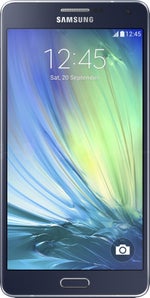
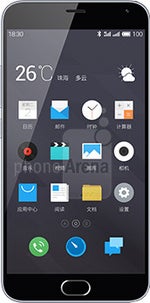

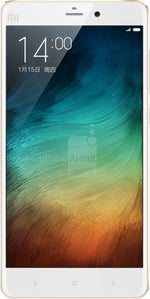






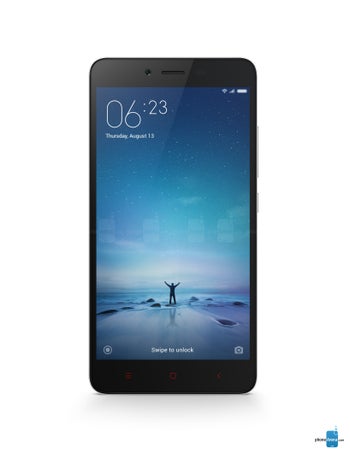

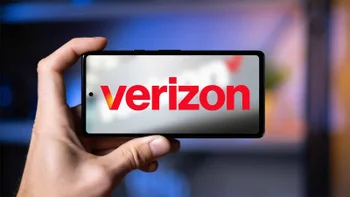
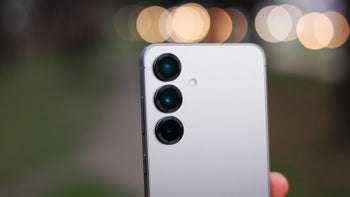
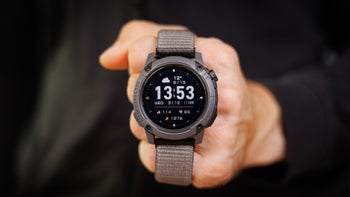
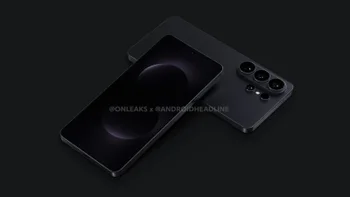
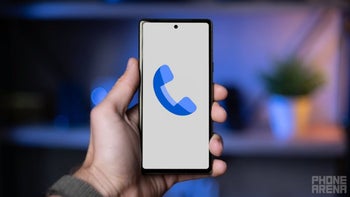

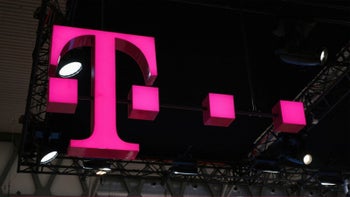

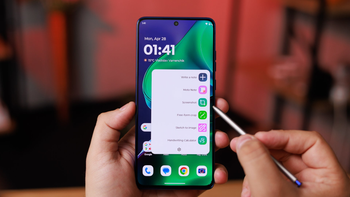
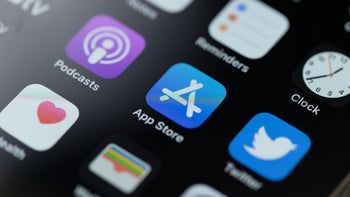

Things that are NOT allowed:
To help keep our community safe and free from spam, we apply temporary limits to newly created accounts: